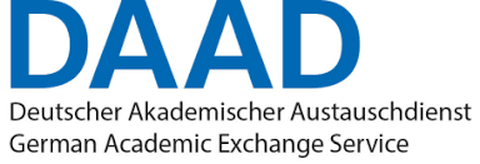The simulation of radiation fields in algal suspensions for horizontal tubular reactor systems.
Light is the only source of energy in photoautotrophic microorganisms’ growth. Therefore, one of the major concerns in microalgae production is achieving an efficient use of light in the culture. Typical submerged cultures of microalgae are nonhomogeneous suspensions, which consists in a cloud of algal cells dispersed throughout the volume of a saline solution. A bubbling gas stream (usually atmospheric air) is used as a mean to deliver CO2 to the medium and to stir the suspension. If the culture medium is transparent to visible light, every beam of light can be either absorbed or scattered while it travels through the culture, only if one of these obstacles is found along its trajectory.
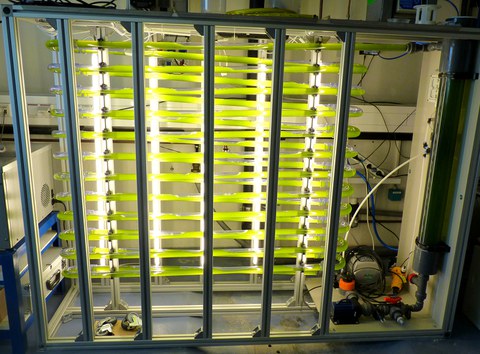
Tubular photobioreaktor of MINT Engineering, (left) 100 L PBR
In several studies, physical and mathematical models of light transfer have been proposed for the analysis, simulation, design, scale-up and optimization of PBRs. Although it is always a difficult task, the solution of the radiative transfer equation (RTE) for the system under study gives the spatial and directional distribution of radiation intensities. One possible treatment of the RTE, is the resolution based on Monte Carlo method (MC).
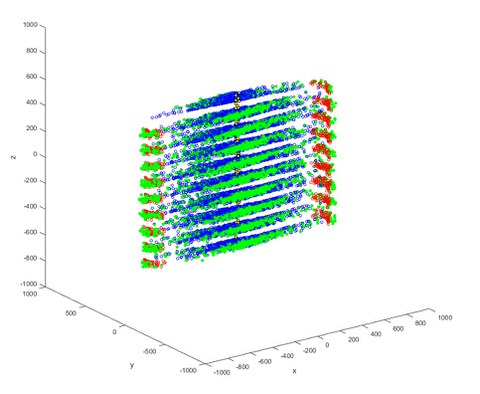
Monte-Carlo-simulation of the tubing system
This method emulates the radiant field by tracking photons, step by step, along their respective paths through a microalgal suspension. In each of these elementary steps, a probability is assigned to the event that the photon is absorbed (i.e., removed from the radiation field), dispersed (i.e. deflected from its previous direction of movement) or lost through the reactor walls.
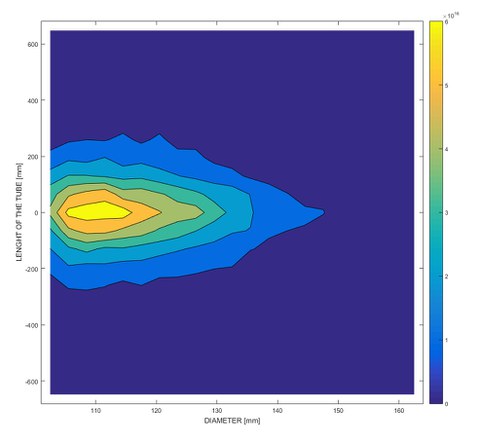
Radiation distribution into the tube
In this study we adapt MC simulation towards horizontal tubing photobioreactors using different sources of artificial and natural light. In combination with cultivation data of outdoor and indoor PBRs this aims on the establishment of a predictive process tool for process performances at different boundary process conditions.
Project funding:
German Academic Exchange Service (DAAD)
Deutsch Argentinischers Hochschulzentrum (cuaa-dahz)
The CUAA-DHAZ is a program created by the DAAD with the objective of strengthen the cooperation between universities across Germany and Argentina. The PhD students participating in this binational proposal, do their studies in both countries, which allows the possibility to develop mixed perspectives aimed to the resolution of different kinds of problems.
Project head:
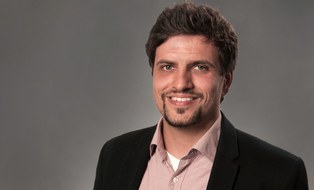 © Mann
© Mann
Project researcher
NameFelix Krujatz Dr.-Ing.
Plant biotechnology
Send encrypted email via the SecureMail portal (for TUD external users only).
Project staff:
Lic. Manuel V. Ibañez (INTEC – UNL)
Cooperation partners:
MINT Engineering GmbH, Am Torfmoor 1b, 01109 Dresden
Project term:
15.04.2019-06.06.2020
